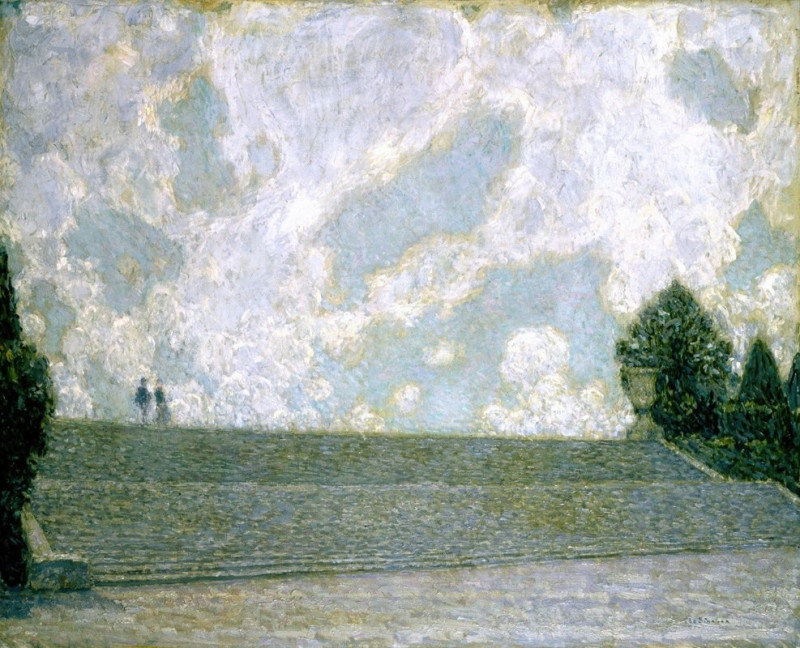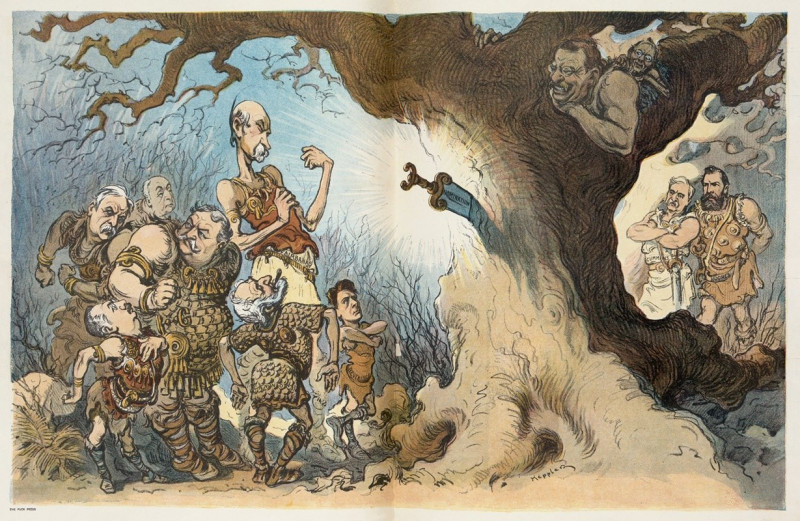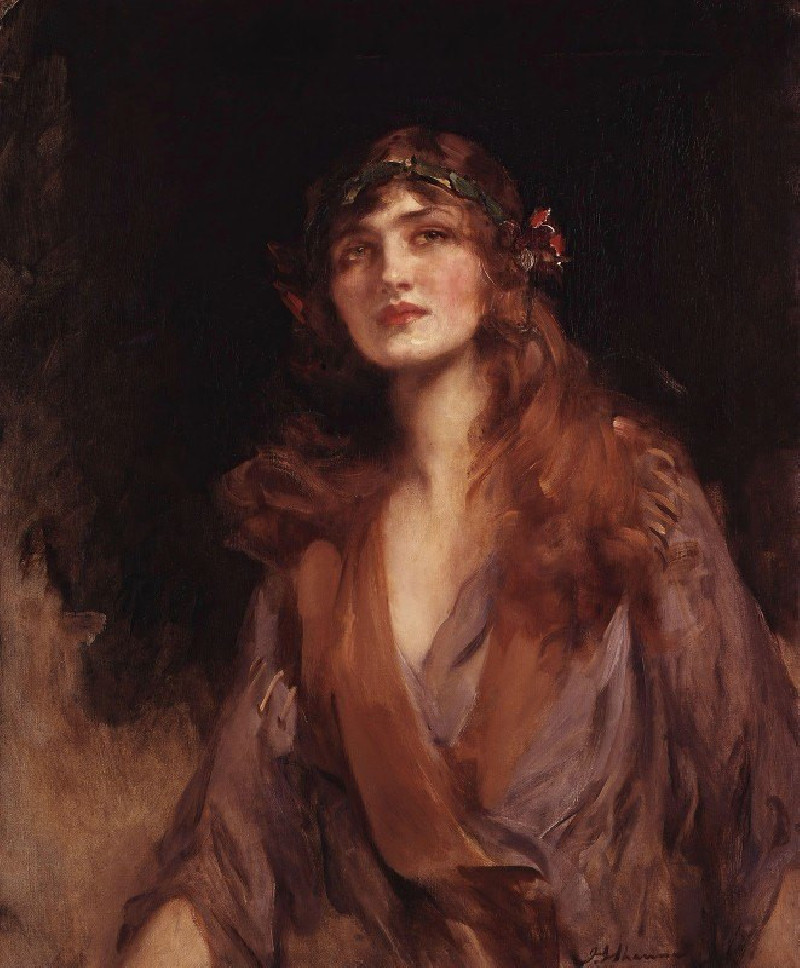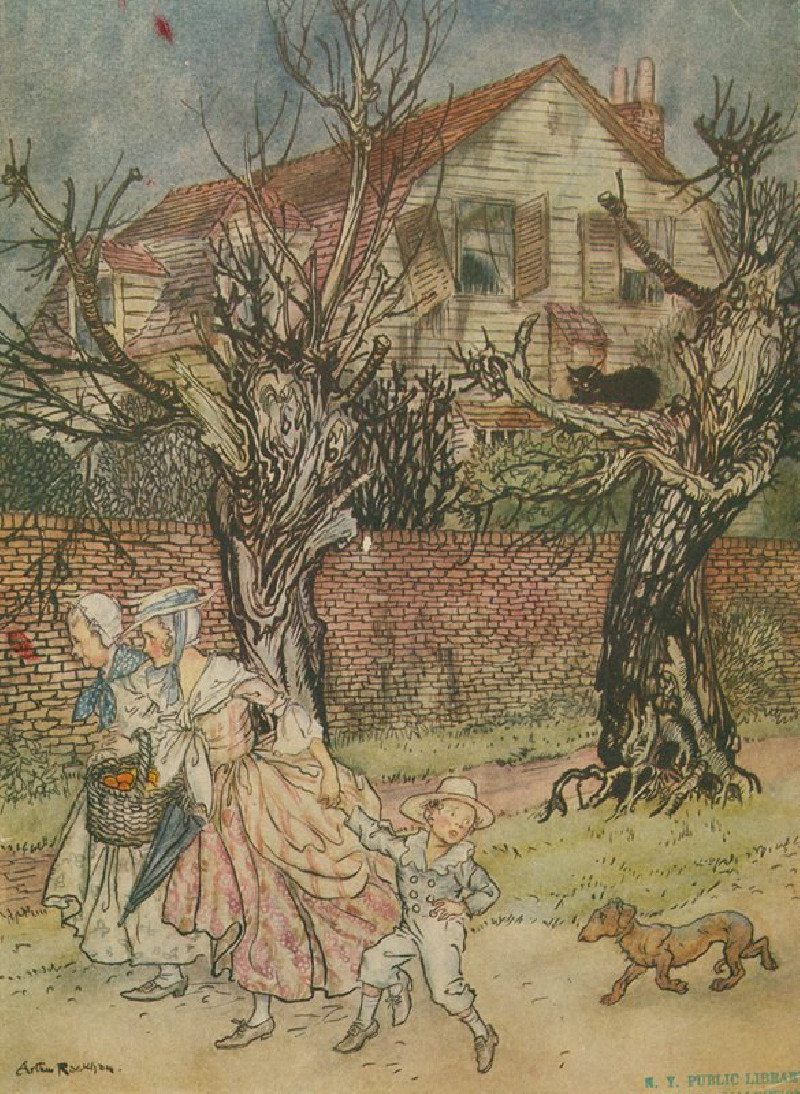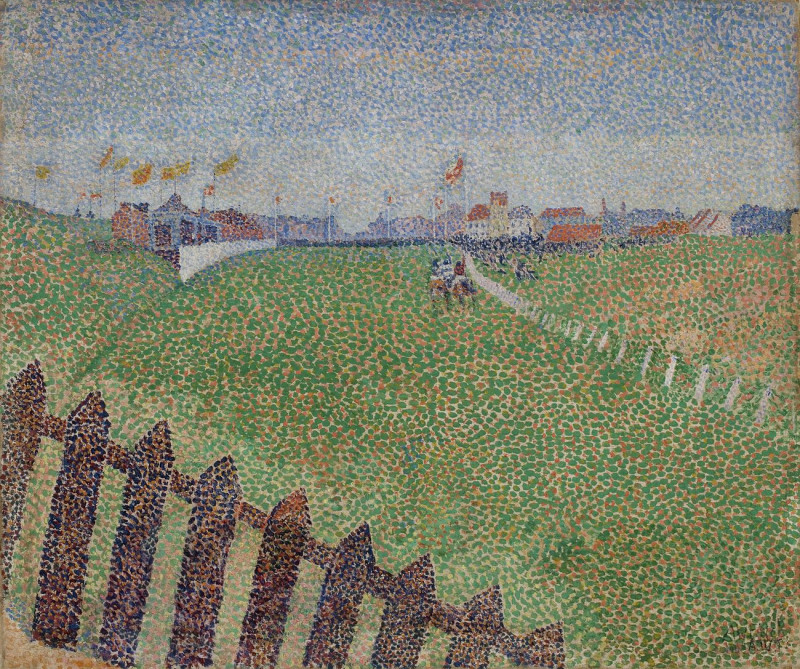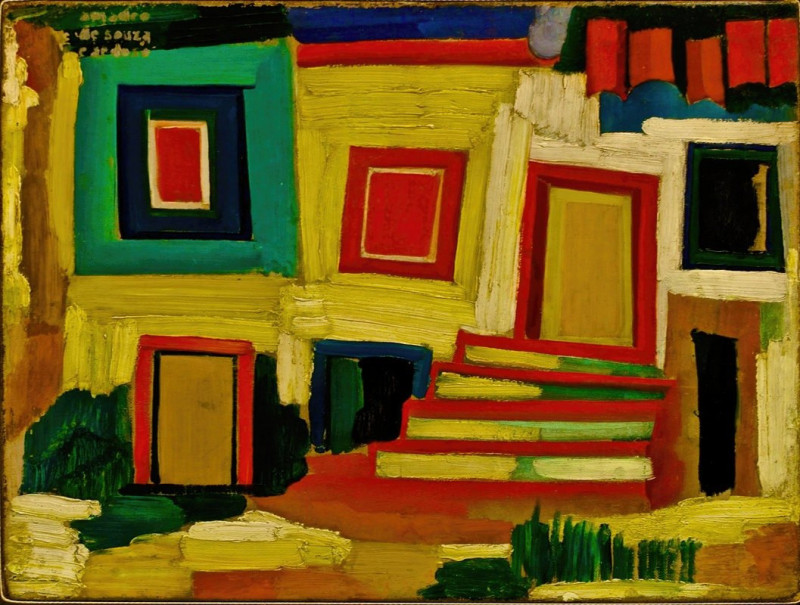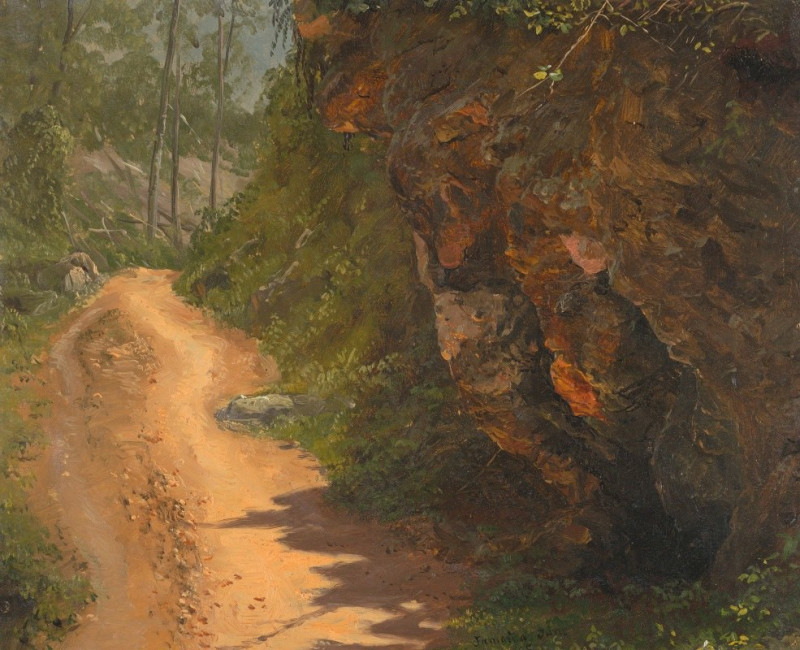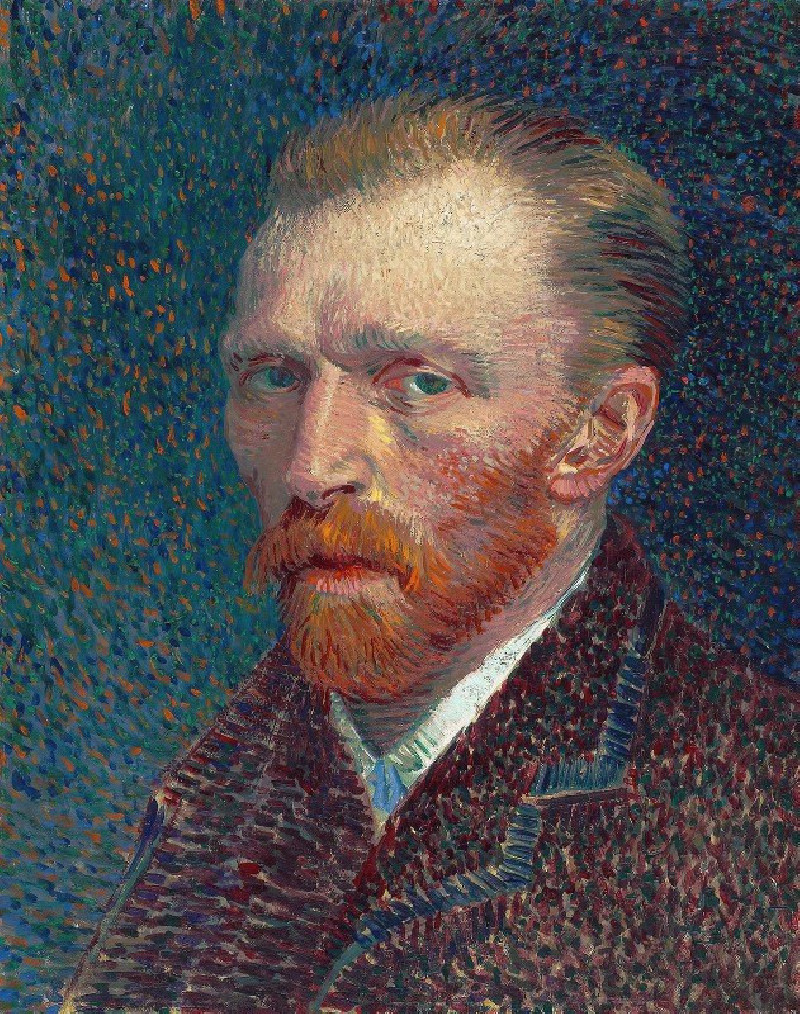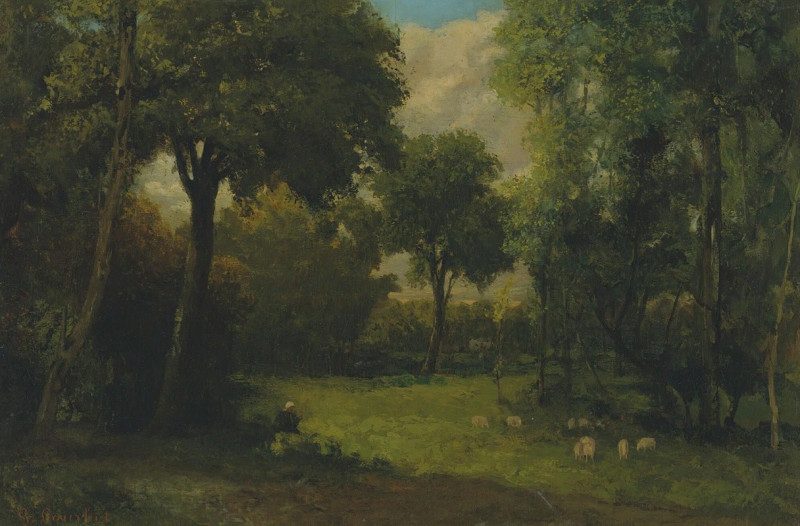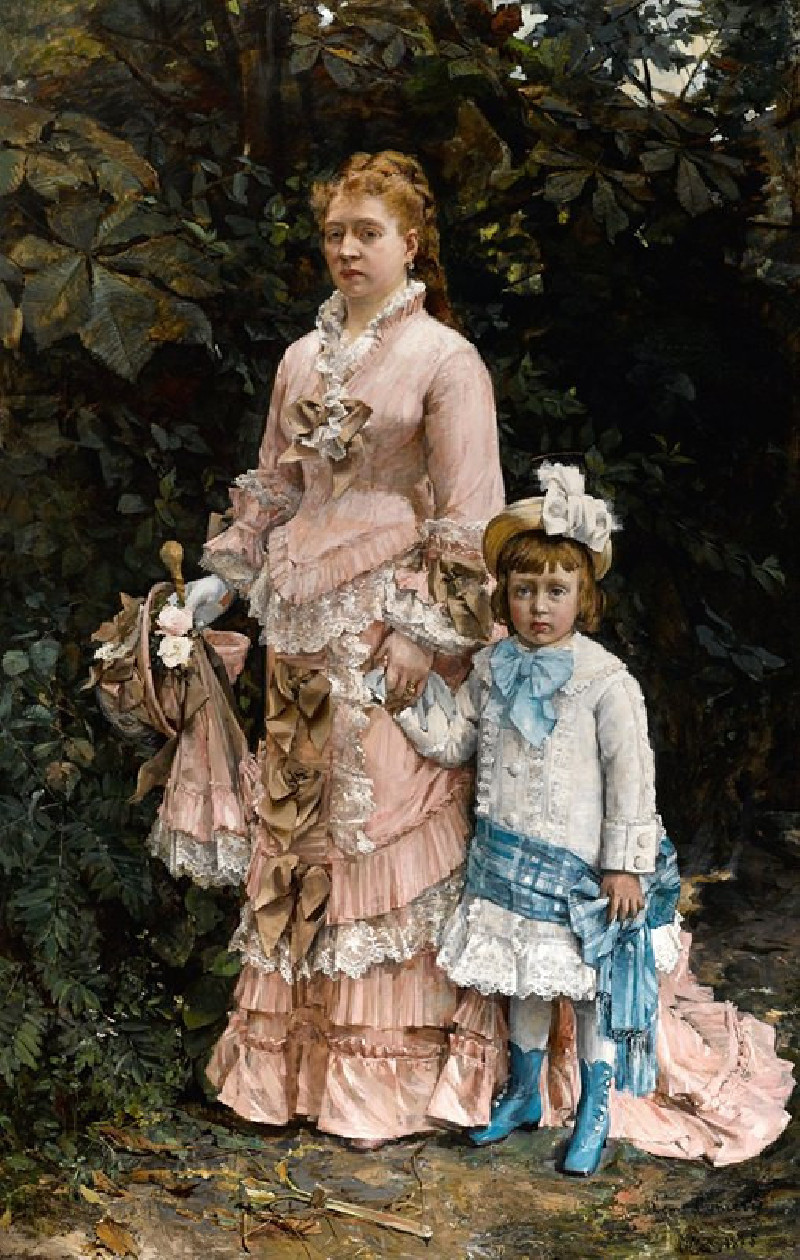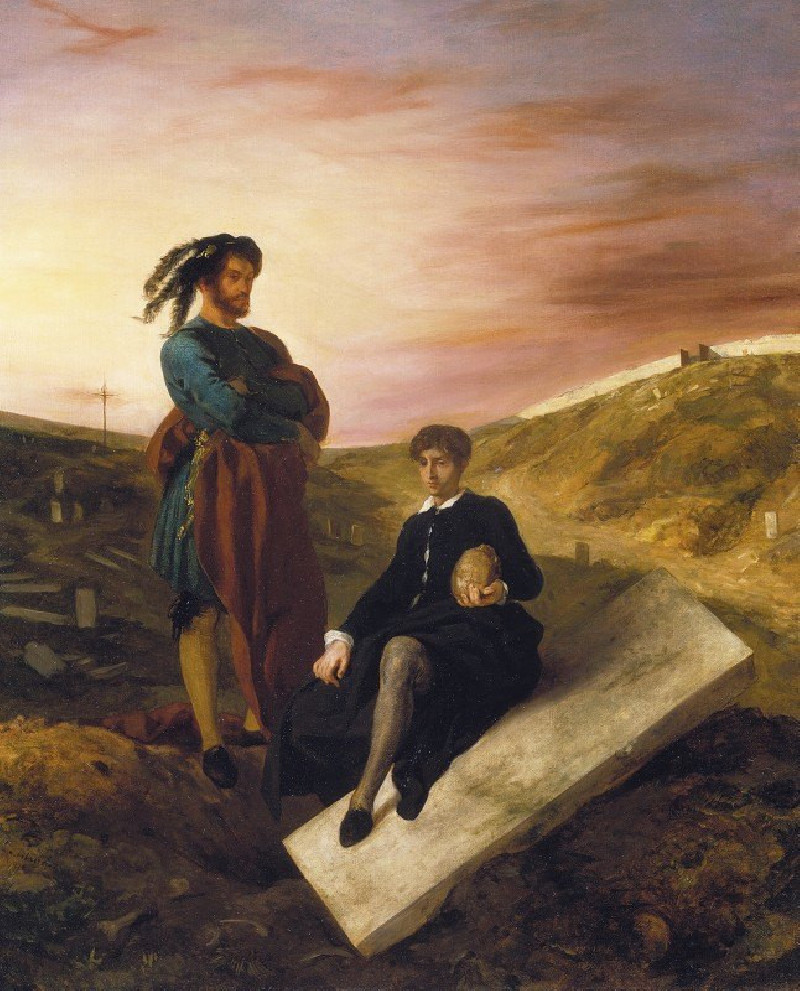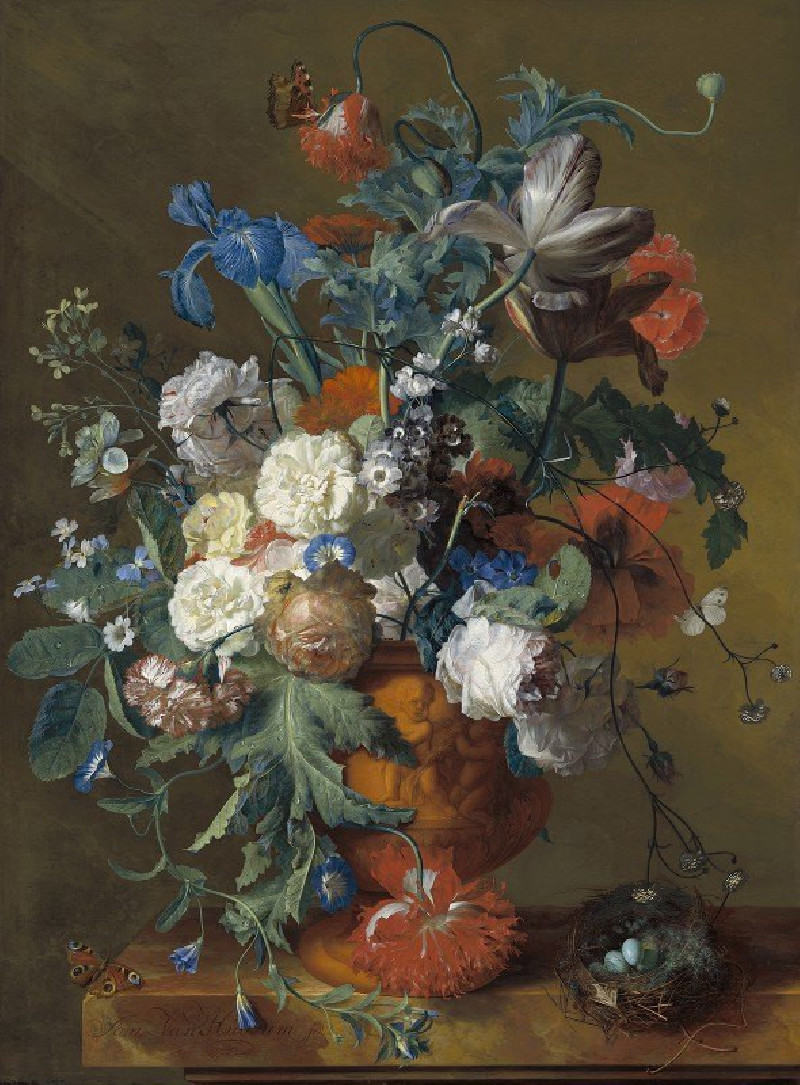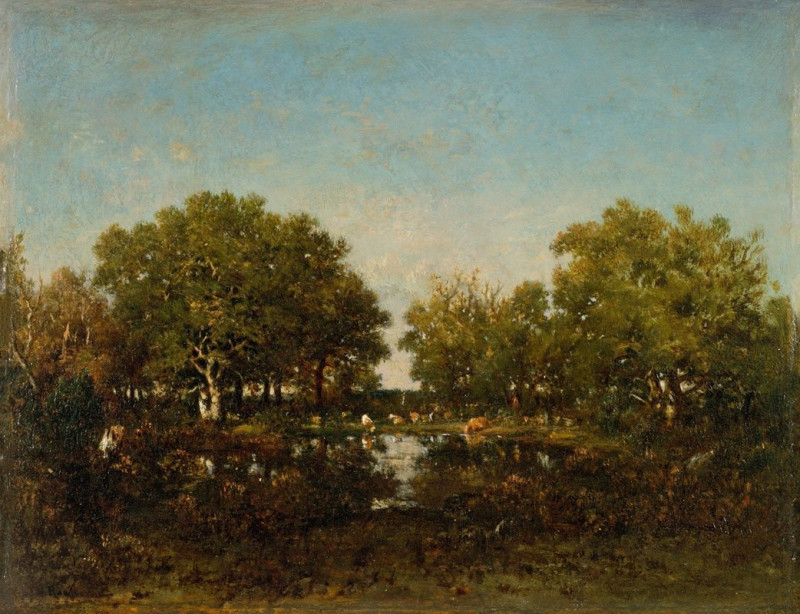Head of Jean-Baptiste Faure (1830–1914) (1882–83)
Technique: Giclée quality print
Recommended by our customers
More about this artwork
"Head of Jean-Baptiste Faure (1830–1914) (1882–83)" is a captivating portrait executed by the acclaimed Impressionist artist Édouard Manet. The painting vividly captures the countenance of Jean-Baptiste Faure, an esteemed French baritone and a passionate collector of art, particularly known for his collection of works by Manet and his contemporaries.In this work, Manet employs soft, fluid brushstrokes to portray Faure’s distinguished features with an immediacy that contributes to the painting's striking realism. The subject is set against a dark, undefined background that shifts the focus entirely to his visage, enhancing the emotional depth of the portrait. Faure's expression, subtly rendered, appears contemplative and serene, reflecting perhaps both the dignity of his character and his deep appreciation for art.The artist's masterful handling of light and shadow plays across Faure’s face, highlighting his full beard and the thoughtful gaze directed slightly off-canvas, which invites viewers to ponder what might be capturing his attention beyond the frame. The nuanced palette, primarily consisting of earth tones punctuated by the lighter hues of Faure's shirt and collar, lends the painting a warmth that complements the subject’s gentle demeanor.
Delivery
Returns
Édouard Manet (1832–1883) was a French modernist painter and one of the first 19th century artists to paint modern life. His impressionist style is characterized by relatively small and thin brushstrokes that create emphasis on light depiction. Manet was one of the key artists in the transition from realism to impressionism, along with Claude Monet, Edgar Degas, and Pierre-Auguste Renoir. However, he resisted involvement in any one specific style of painting, and only presented his work to the Salon of Paris instead of impressionist exhibitions. His early masterworks, The Luncheon on the Grass and Olympia, created great controversy and served as a rallying point for other young painters.
































